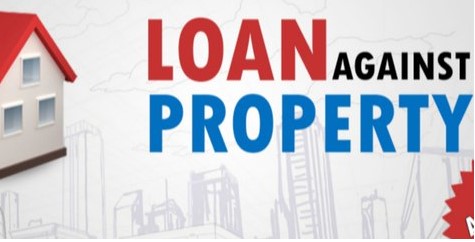
Mortgage or Loan against Property Loan
What is mortgage?
A mortgage loan or loan against property (LAP) is a secured loan that banks, housing finance companies and NBFC’s provide against ‘residential’
or ‘commercial’ property.
These loans offered at a lower rate of interest, compared to a personal loan or business loan.
A LAP is a way to use one’s real property as a “guarantee” for a loan, to get money.
When the mortgage made, the debtor gets the money and promises, to pay the loan emi on committed date.
The borrower agrees to pay the lender over time regular payments, divided into principal and interest.
The property serves as a collateral to secure the loan.
A borrower must apply for a mortgage loan through their preferred lender and ensure they meet several requirements, including minimum credit scores.
Mortgage applications go through a rigorous underwriting process before they reach the closing phase.
Mortgage types vary based on the needs of the borrower, such as conventional and fixed-rate loans.
The cost of a mortgage will depend on the type of loan and property.
Mortgage rates can vary widely depending on the type of the product.
Loan balance transfer – you can also switch your outstanding loan amount a different lender with better terms and conditions and lowest interest rate.
How does a mortgage work?
A mortgage loan or loan against property, consists of two primary elements, principal and interest.
Borrowers pay a mortgage back at regular intervals, usually in the form of a monthly payment, which typically consists of both principal and interest
charges.
LAP taken on properties:
Residential properties – Residential homes, flats, apartments, individual houses.
Commercial properties- Malls, Shops, complexes, Office building, hotel building
Industrial properties – Factories, Warehouse, Processing units
Other special properties like Schools, Hospitals, Cinema halls etc.
LAP taken against non-agricultural land also.
Loan Tenor – The tenor for an A mortgage loan, or LAP can be long as 10-15 years.








